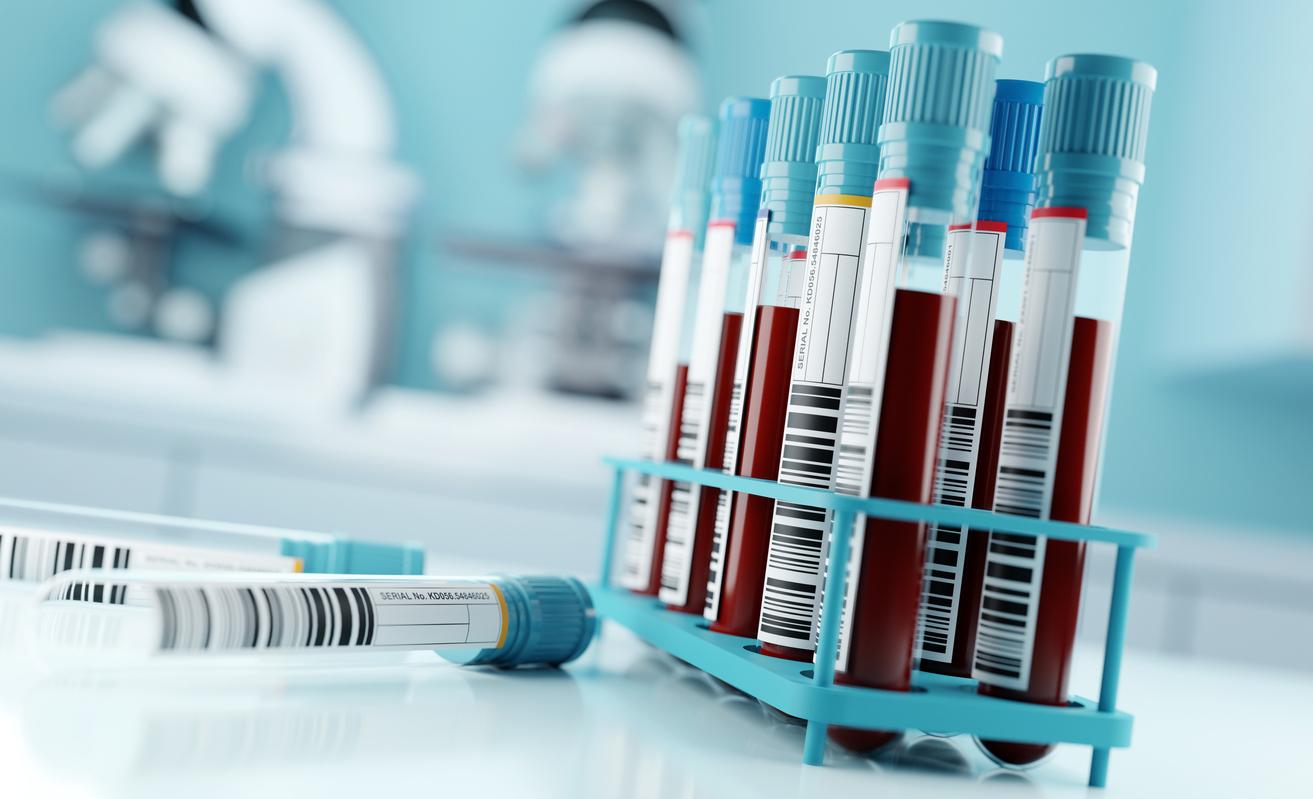Where does hibiscus come from?
Native to Asia, the hibiscus is a tropical shrub easily recognizable by its bright flowers. These can be single or double, in various colors: red, orange, yellow, etc.
Some species of hibiscus have been used for medicinal purposes since ancient times. And it is in the XIIe century that the Moors of Spain brought this plant to the West. The hibiscus is also at the heart of several popular beliefs. In Hinduism, this plant represents Kali, the goddess of preservation and transformation.
In Europe, the two most cultivated species are:
- Chinese pink hibiscus: it flowers from March to November, appreciates sunny places and can be used as a houseplant.
- Althea: Native to China and Taiwan, this species is vigorous and tolerates negative temperatures perfectly.
What are the benefits of hibiscus?
The hibiscus is above all known for its thirst-quenching virtues. It is also used to prepare the “bissap“, a traditional Senegalese and Ivorian drink. Appreciated for its refreshing side, it can be enjoyed at any time and delights both children and adults.
What are the other properties of this plant?
- Aid in digestion: after a rich and hearty meal, an infusion of hibiscus stimulates the body’s elimination function.
- Improve transit: this plant contains in particular pectins, used to treat constipation and diarrhea.
- Reduce fatigue and strengthen natural defenses (effective in case of infection of the respiratory tract): hibiscus is rich in vitamin Corganic acids and bio-flavonoids (or vitamin P).
- Prevent cellular aging: hibiscus is rich in antioxidants which protect the body from oxidative stress by neutralizing free radicals.
- Relieve pain caused by rules and the urinary infections : hibiscus has the advantage of being both spasmolytic, anti-inflammatory and analgesic.
- To exert a hypotensive action: Drinking hibiscus tea daily would help lower blood pressure.
In what forms is hibiscus used?
In the trade, you will find hibiscus in different forms:
- Herbal tea : pour three tablespoons of dried flowers in 1 L of water. Leave to infuse for about ten minutes and add lemon or honey to your liking. Filter and enjoy!
- Used in the form of poulticeit is effective against skin disorders, insect bites…
- Vegetable oil: it can be used as massage oil, body milk, day or night cream, etc.
- Cream : it exists in the form of hair care or facial care.
- The moisturizing milk for the body, to apply after the shower.
- Jelly or jam: to taste on a slice of bread or a rusk.
What are the contraindications of hibiscus?
The hibiscus infusion is not recommended for pregnant women. This drink would promote blood flow to the uterus, which can cause menstruation and increase the risk of miscarriage.
Hibiscus flower is also known for its diuretic effect: not to be consumed if you suffer fromlow blood pressure.
Source :
Read also: Eucalyptus: all about its benefitsCranberry (Cranberry): health benefits, urinary tract infections, why take it?Cannabis, hemp or CBD: what’s the difference?Rosemary: what benefits, how to use it?















